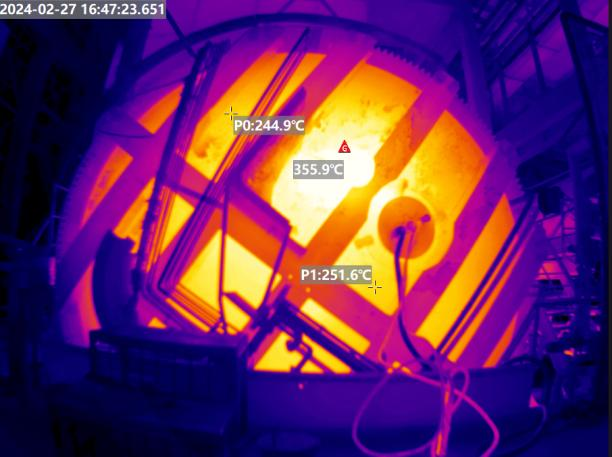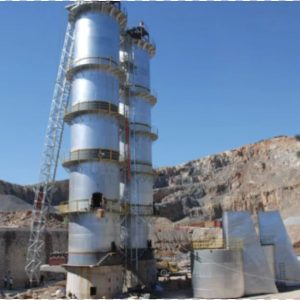

Background
As a production equipment that requires auxiliary heating, the oxygen combustion technology of the anode furnace has obvious environmental and economic advantages compared with the traditional combustion air combustion. However, the main problem of traditional oxygen combustion is the uneven temperature distribution. The high-temperature oxygen combustion flame will have an adverse effect on the heating process and the refractory materials of the furnace body, reducing the life of the furnace lining.
During the operation of the anode furnace, on the one hand, in order to control the smelting quality of copper, it is necessary to monitor the temperature of the copper liquid in the furnace before adding materials and discharging copper to obtain the temperature of the copper liquid; at the same time, in order to ensure production safety, it is necessary to monitor the temperature of the end walls on both sides, the tuyere area, and the furnace shell, so as to promptly detect abnormal temperature changes of the equipment and avoid safety accidents in time.
Product Description
The cheap thermal camera temperature monitoring system for anode furnace is a system specially used for monitoring the temperature of the furnace wall and the solution in the high-temperature smelting furnace. The furnace wall uses a long-wave infrared sensor and the solution in the furnace uses a short-wave infrared sensor. They are respectively equipped with high-performance lenses and excellent imaging processing circuits, and are embedded with advanced image processing algorithms. It has low noise, high protection level, strong environmental adaptability, low power consumption, fast startup, excellent imaging quality, wide temperature measurement range, and accurate temperature measurement. It is very suitable for high-temperature temperature measurement on-site applications.
Advantagies

LASER Photonics China 2025: A new chapter of optoelectronic technology innovation and global cooperation From March 11 to 13, 2025, the most influential event in Asia's optoelectronics industry, LASER Photonics China, will be held in Shanghai New International Expo Center. As the flagship exhibition in China's laser, optics and optoe...

infrared thermal imaging Real-time temperature monitoring Predictive maintenance Improve product quality Safety warning function